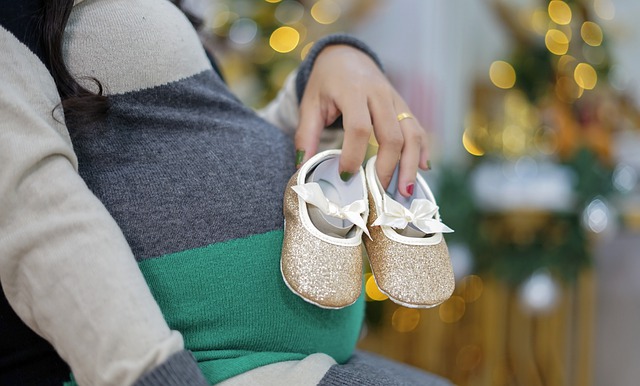The recent trend of donating frozen embryos and freezing embryos may provide a quick solution to a problem brought on by an unfortunate incident involving surrogate mothers.
After that, fertilized eggs await life in the form of embryos.
The impediment to the normal fertilization process can be attributed to a wide range of medical and environmental factors.
Couples confronted with this issue frequently choose IVF or other assisted reproductive technologies (ART).
Artificial fertilization is used in IVF and other forms of ART.
The ideal environment of the culture system in which the embryos develop is crucial to the success of IVF.
In order to continue fertility treatment, some of these fresh embryos are implanted in the mother’s womb following their development.
Cryopreserve is used to store the extra embryo for later use.
The couples’ surplus embryos can be given to other couples who are unable to conceive or to couples who want to become intended single parents.
After their family is complete, surplus cryopreserved or frozen embryos will not be used.
Additionally, the surplus embryo can be donated for the advancement of medical science and further medical research.
As a result, frozen embryos are regarded as a unique and extremely valuable resource.
The reproductive health capacity decreases with age or as a result of a medical condition.
Nowadays, numerous biological parents cryopreserve their embryos to expand their family’s future options.
After the couple has completed their family, the remaining frozen embryos are regarded as surplus.
In the United States, the surplus of frozen embryos is estimated to be between 7 million and 10 million.
Donating embryos is one legitimate use for surplus frozen embryos.
Donating embryos benefits intended and biological parents alike.
A single donated surplus frozen embryo is possible. There is no consideration given to the aging of frozen embryos.
Even after 20 years, healthy frozen embryos can be used.
Unused thawed frozen embryos can be used in the refrozen procedure, and these refrozen embryos can be used in another implantation procedure.
Frozen and refrozen embryos can still be used to conceive a child, but manipulating them can kill them.
Because it allows other couples who are unable to conceive to use surplus frozen embryos to become parents, embryo donation is regarded as a noble endeavor.
A 2007 study found that using one’s own frozen embryo was 32% more likely to result in pregnancy than adopting donated frozen embryos, which surprised many by increasing this probability to 35%.
The adoption does not require payment for the frozen embryo donation.
The embryo cannot be brought or sold; the only way to obtain a surplus frozen embryo is through embryo donation.
An affordable means for an infertile couple to become the parents of their dreams is embryo adoption.
It costs less than international or domestic adoption.
However, prior to embryo adoption and donation, a number of bioethical tasks, including legal, medical, and social work, must be completed.
Prior to the embryo donation and adoption process, a number of organizations provide services like matching donor and adaptor requirements, legal work, shipment of frozen embryos, and so on.
In most cases, experts advised implanting no more than three frozen embryos in a single embryo transfer cycle.

Ravi Sharma is a self-motivated, successful entrepreneur and has a solid experience in the fertility segment. and he is the director at ARTbaby Global (ARThealthcare). He is a pharmacy graduate with post-graduation in business administration and has 14 years of rich experience in the field of infertility segment. He loves to write about IVF, Surrogacy, and other ART (assisted reproductive technology) news, issues, and updates. He is a Pharmacy graduate (B. Pharm) and M.B.A (marketing).
His most recent success includes the successful launch of the medical tourism company, ARTbaby, which offers treatment options for infertility, egg donation, and surrogacy. He likes spending time with his family and writing about various aspects of IVF surrogacy and donating eggs.

